We use cookies to make your experience better. To comply with the new e-Privacy directive, we need to ask for your consent to set the cookies. Learn more
What is the cause of Laminitis in horses
Laminitis is a serious, crippling condition that affects horses and ponies. The condition is a complex series of events that causes the soft tissues (laminae) within the hoof to swell, weaken and die.
The main cause of laminitis
Hindgut acidosis: Often, cause of laminitis starts with hindgut acidosis, which is a a build-up of lactic acid in your horse's hindgut. This is caused by an overload of starches and sugars.
Insulin resistance and obesity: Insulin resistance is a major cause of laminitis. In turn, the main causal factor in insulance resistance is obesity.
This is because obese horses have more fat cells, which produce the hormone cortisol. The excess cortisol interferes with the ability of insulin to trigger glucose take-up by the horse's tissues.
What happens when a horse gets laminitis
Laminitis is the painful inflammation of the tissues (laminae) that hold the hoof wall to the pedal bone in a horse's hoof. The weakening of the lamina leads to an agonizing tearing of the support structure of the pedal bone. If not treated quickly, the pedal bone will drop or rotate downwards.
When a horse consumes large quantities of rich pasture, they can have problems with incomplete digestion in the small intestine. This can lead to the build-up of lactic acid and irritation in the hind gut causing damage to the stomach lining and cell layers. This, in turn, leads to toxins being released into the blood stream. This can cause circulatory problems with the hoof and that leads to laminitis. If you suspect your horse is suffering from laminitis, you should phone your vet immediately.
Maintain a healthy weight to avoid Laminitis
You should try to keep your horse at a healthy weight . Obese equines are more likely to develop laminitis. In horses that are susceptible, you should do your best to limit sugars and try to stick to a high fiber, low sugar, low starch diet.
Try to keep your horse from grazing in rich pastures, particularly on a cold but bright and sunny days. Also, if your horse is prone to the disease, you should keep them away from high-energy forages such as alfalfa or clover.
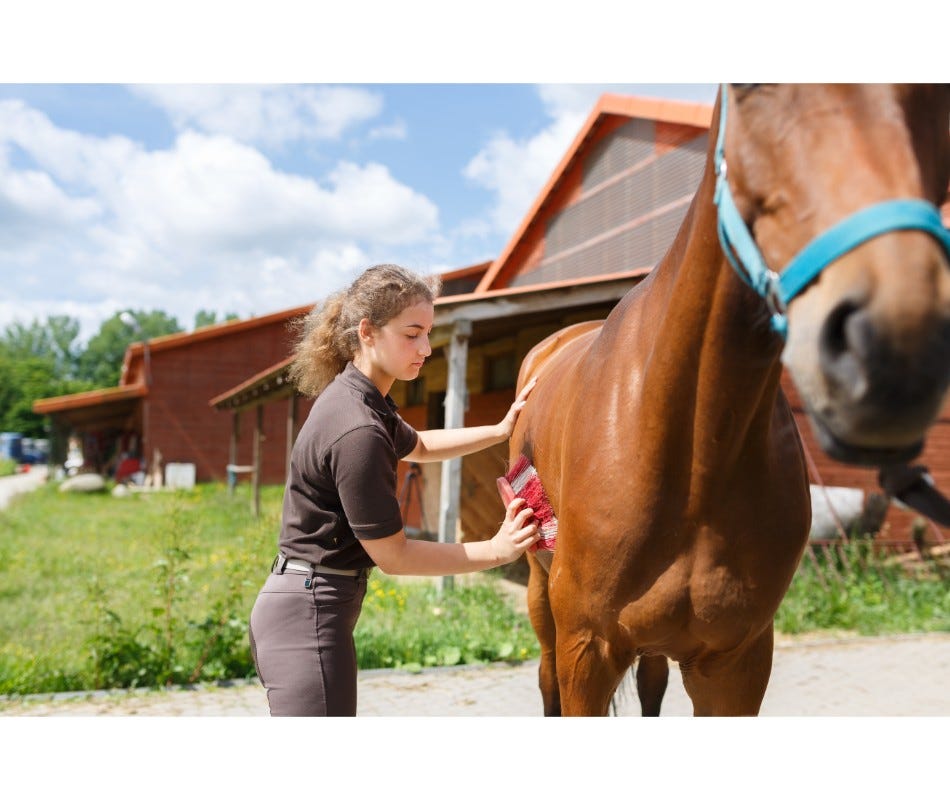

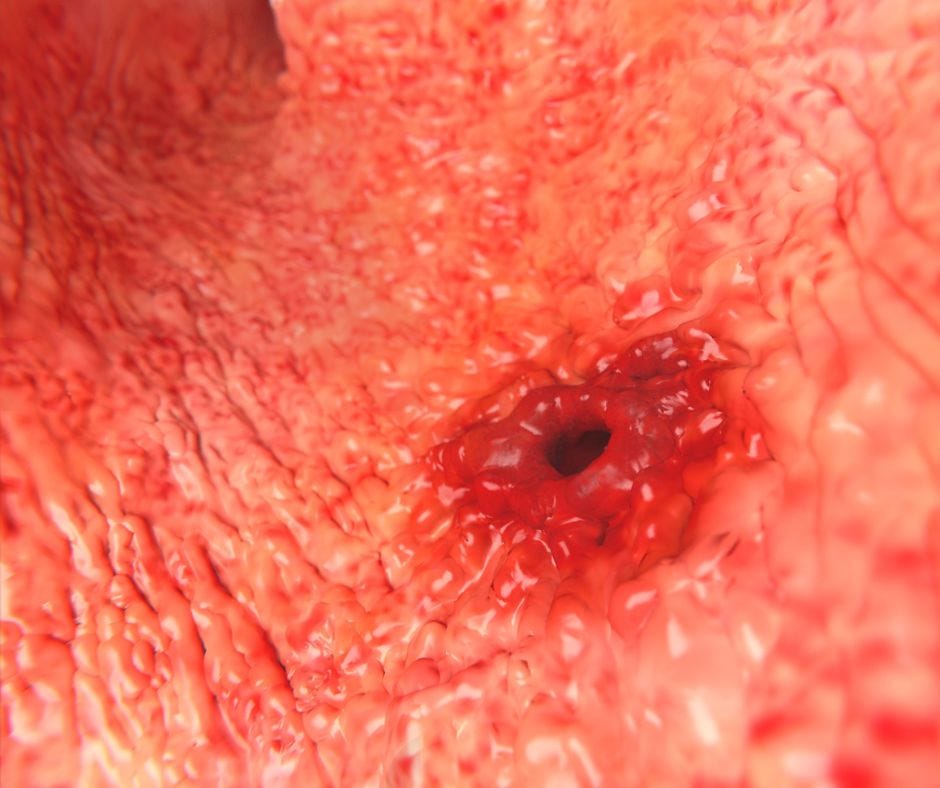
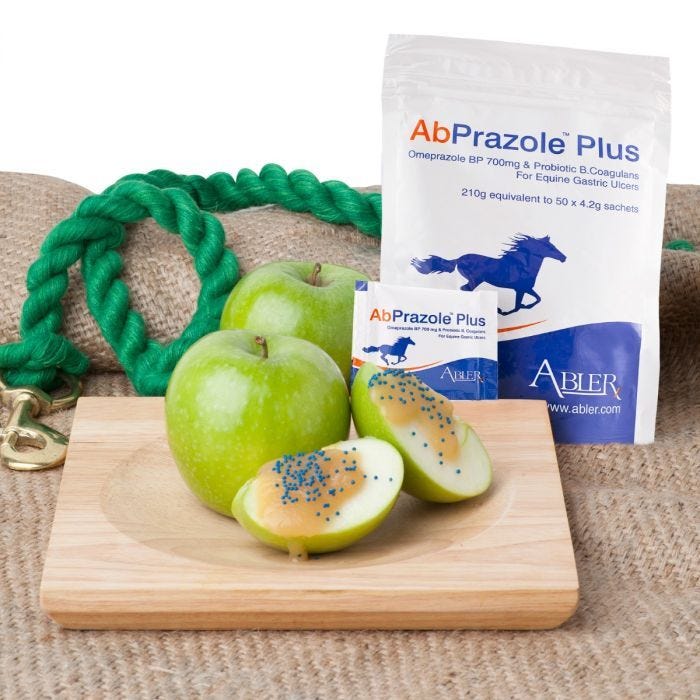
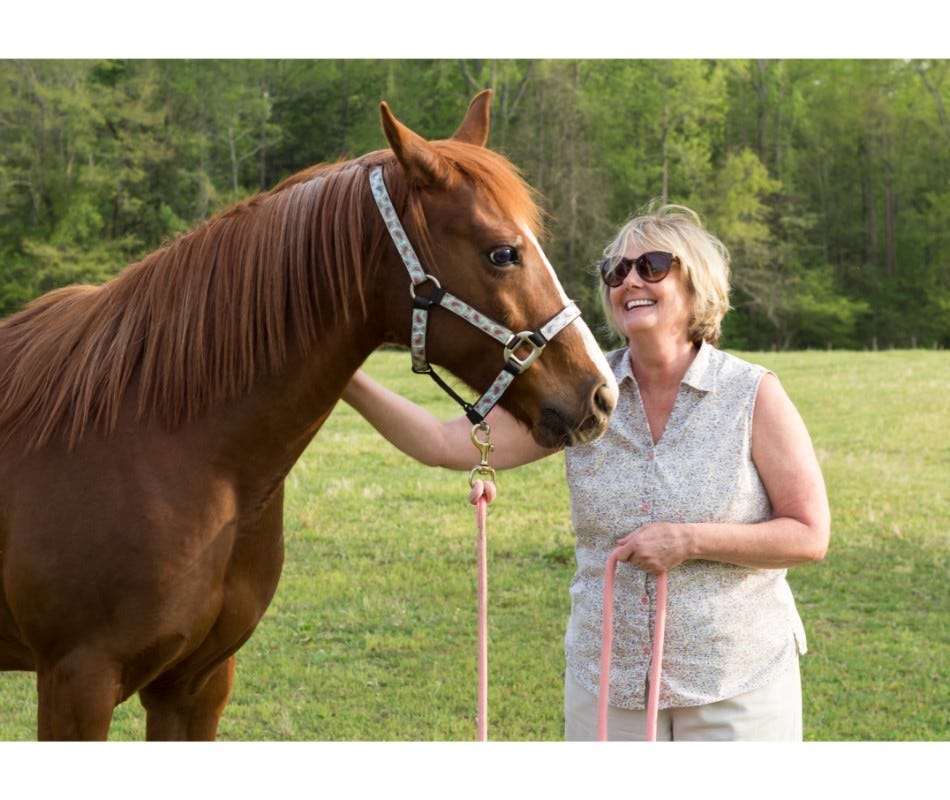
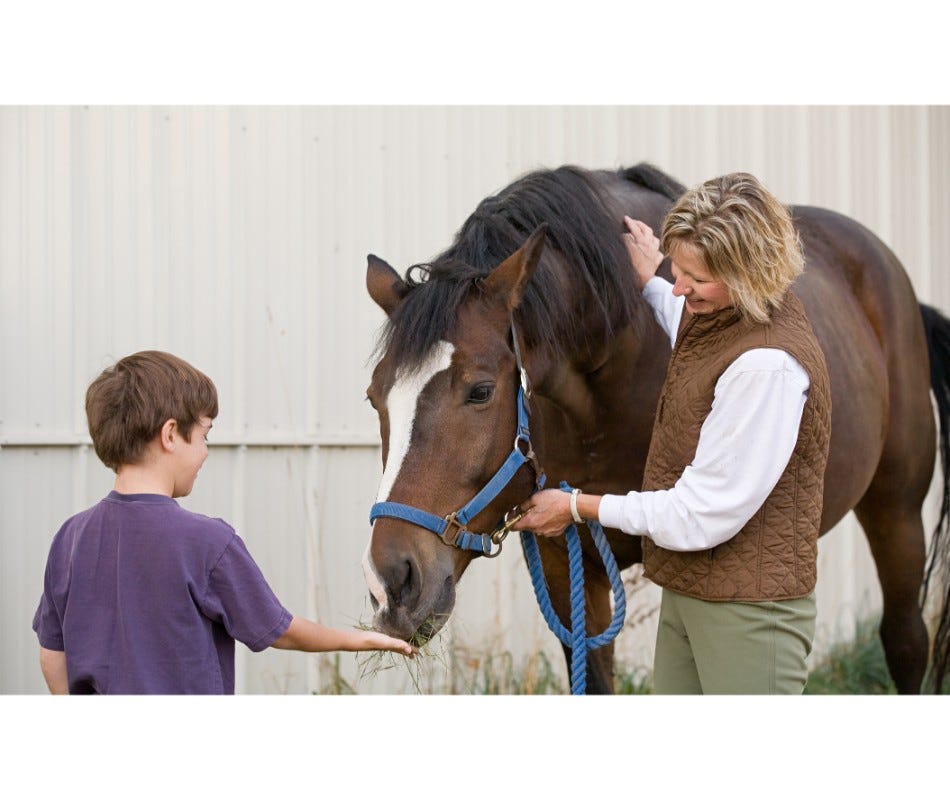
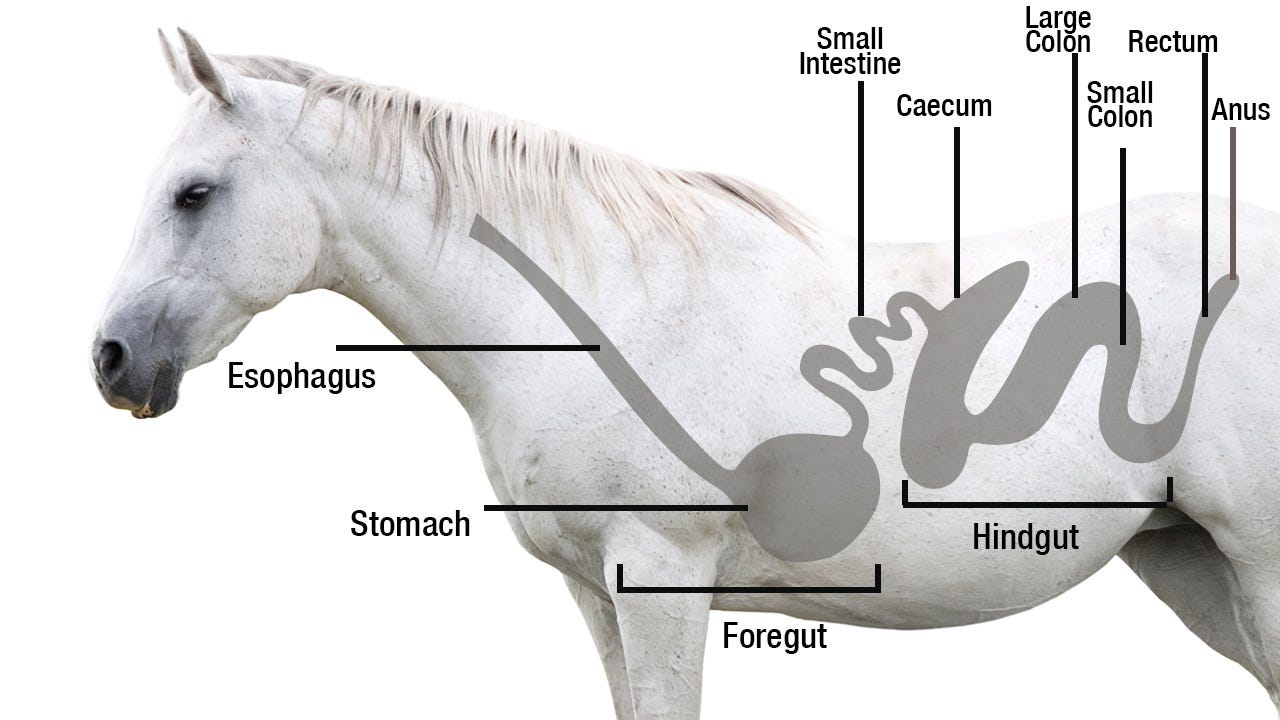
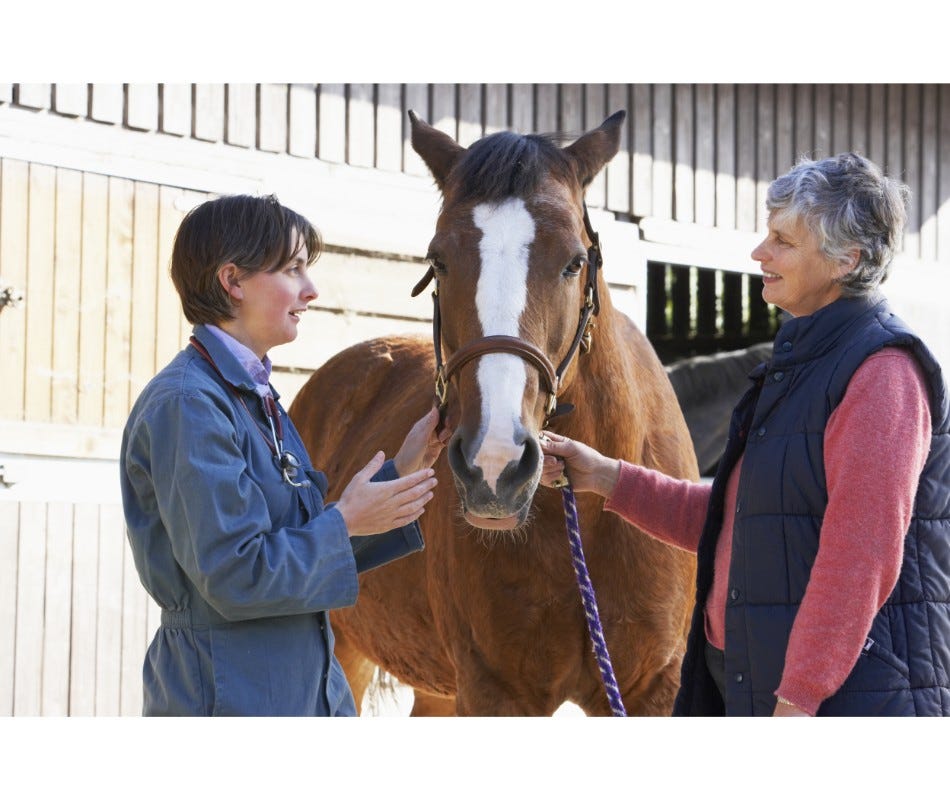
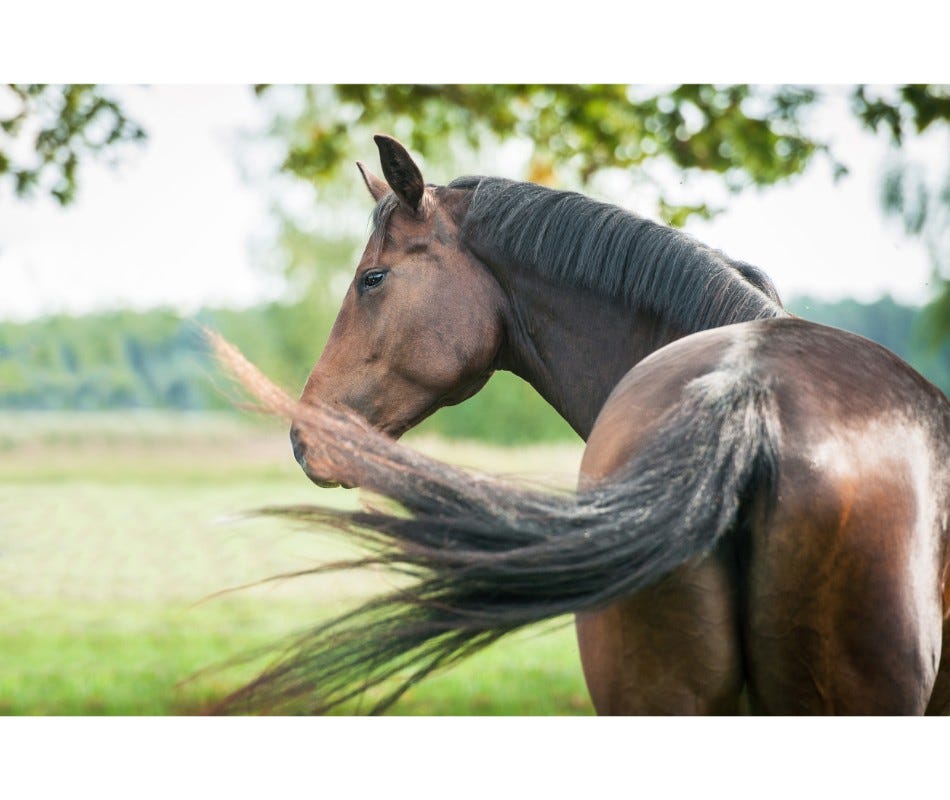
Validate your login